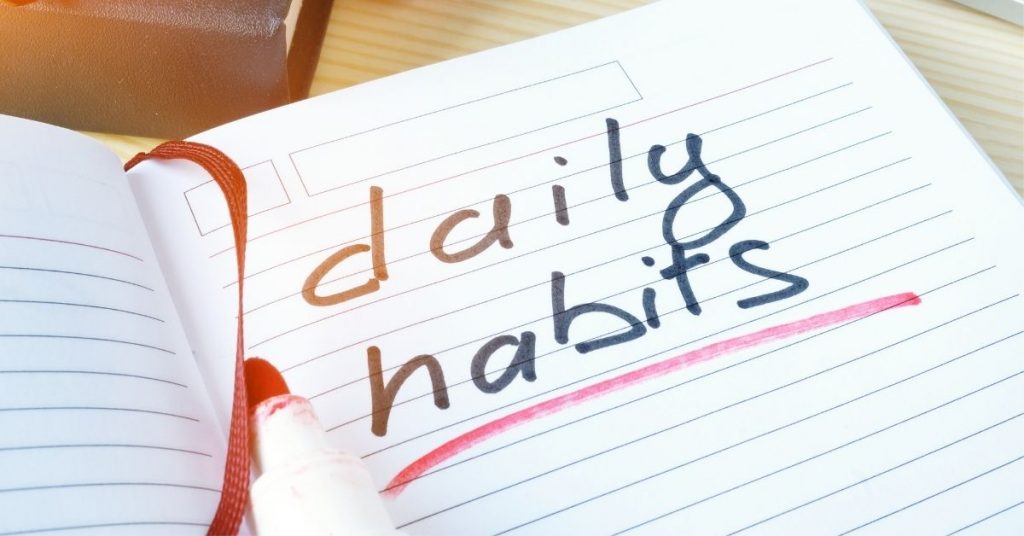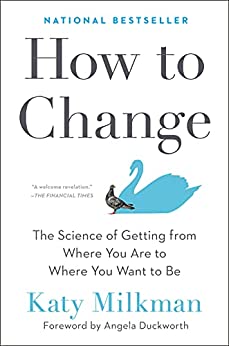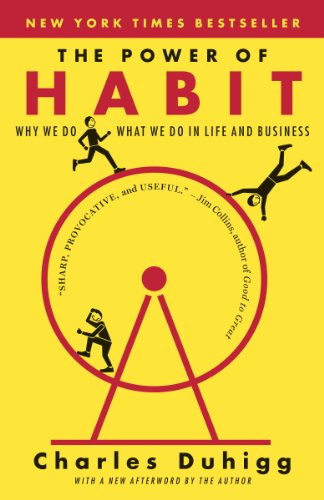Listen to this episode of the Focus with Marlene Podcast:
Get caught up with all episodes in the Moving Beyond Survival series.
There are many ways you can design a new road map.
But before you do, you need to know what you are doing now.
- What habits do you have in place that help you use your time effectively?
- What habits are time wasters?
Once you become aware of your habits, you can put in place those that benefit you the most. Often it only takes some small habit changes to result in huge benefits.
Habits Tracker
Review what is currently working for you and what is not. Take a sheet of paper and divide it into 3 sections: morning, afternoon and evening.
In each section, write down what you did during that time period. Do this for a week. This will give you a quick overview of how you habitually spend your time.
Then ask yourself:
- Do I have a schedule I follow each day?
- Did I accomplish the things that needed to be done each day?
- What was planned but never worked on?
- What didn’t I do because I didn’t feel like doing it?
 Atomic Habits
Atomic Habits
I love to learn new ways to improve my life. So, when I heard about James Clear’s book, Atomic Habits, Tiny Changes that Produce Remarkable Results, my interest was piqued.
James took habits apart to see how they were formed, repeated and what was needed to replace a habit. He refers to these as the 4 laws of behavior change. They are a cue, a craving, a response and a reward. If sweets are easily accessible, they become a cue and a craving that you respond to get the reward of enjoying that pleasure.
7 Things to Remember About Habits
1. Once in place, habits will keep repeating themselves.
Habits, both good or bad, will continue to repeat themselves. If they are working against you, they need to be altered or replaced. Every habit begins with a signal or cue initiating a response from us. Change the cue and you change the response.
2. If you want to break a bad habit, invert the 4 laws.
Make the cue as invisible as possible and the craving unattractive. Your response needs to be difficult and the reward, unsatisfying.
Example: You want to cut down on carbs. You stop buying quick fixes that have lots of carbs or sweets in them. What you do have, put out of sight and make it difficult to get to. Replace that desire/cue with something that is satisfying and act on it.
3. “I don’t feel like doing it now, so I’ll do it later.”
Acknowledge how you feel but take action anyway. Complete the task. The action makes you feel different. Without action, you remain in a feeling state, and make excuses.
Bad habits create on-going clutter and chaos. You don’t hang up your clothes before going to bed. You come home from work and throw you coat over a chair. You soon develop habits that, if you don’t feel like it, you don’t do it, planning on doing it later. But later often does not come. And it only takes a few more minutes to complete the task in the moment.
4. Break large jobs into small chunks and work them into your schedule.
I have an office in my home. When I write, I take periodic time-outs. In those time-outs I will do one of those small tasks before returning to my writing. By the end of the day, I find that I have completed everything that needed to be done.
5. Your environment shapes your behavior and responses.
If you are trying to reduce your weight and have cookies and candy all over the kitchen, it will trigger your desire to have one. Put them away so you can’t see them, and you won’t be automatically influenced by the sight of them.
A small change in our environment can lead to a big shift both in how you feel and what you accomplish.
6. All behavior is driven by the desire to solve a problem or develop a skill.
Habits are the best way to master a difficult skill. Make a ritual of the process. The more times it is repeated, the more likely it will become a habit. Practice associating your habits with something you enjoy.
7. The best way to start a new habit
No behavior happens alone – it is connected in some way to the other behaviors you have in place. The first thing in changing a behavior is to make it obvious. Pair a new habit with a specific time and location and put in place a formula of intention:
“I will (behavior) at (time) in (location) because I want to be more healthy.”
Additional Resources
There are so many ways to create the habits needed to accomplish the things you want to do.
Besides James Clear book, here are two others that can give you more insight. How to Change: The Science of Getting From Where You Are to Where You Want to Be, by Katy Milkman, and The Power of Habit: Why We Do What We Do In Life and Business, by Charles Duhigg.




